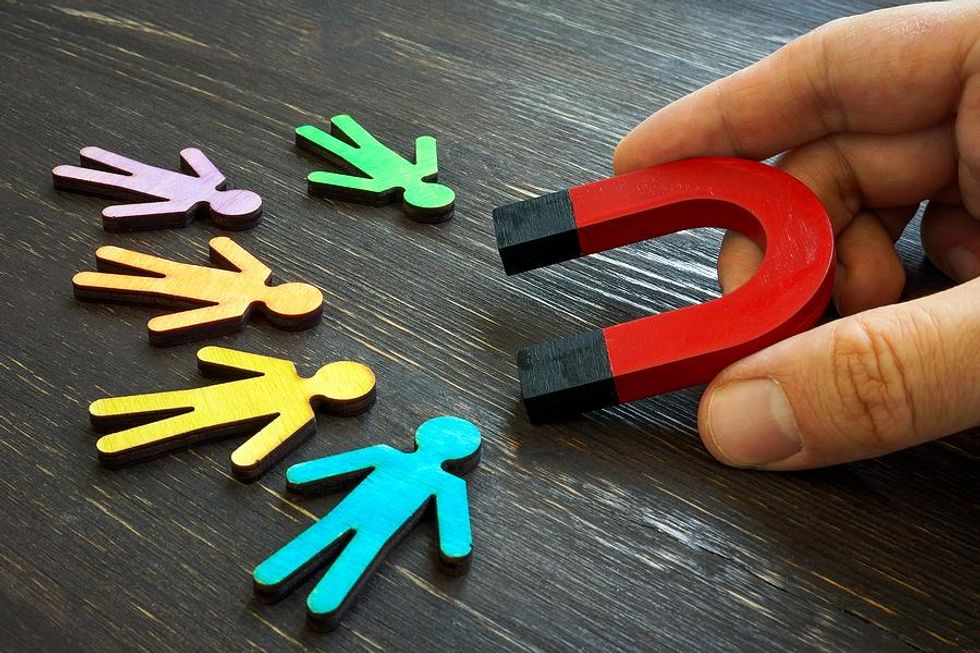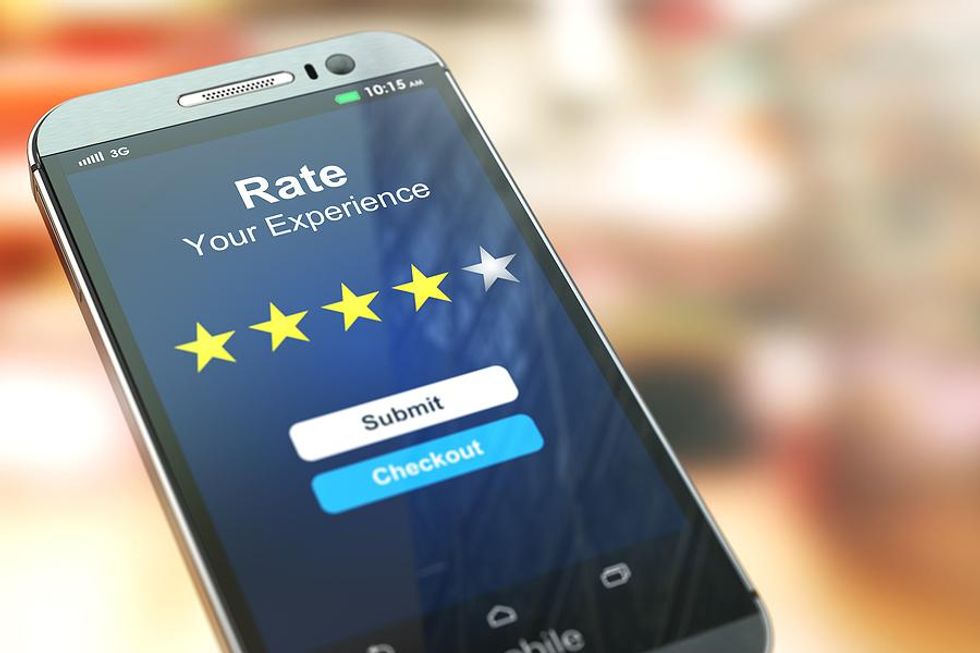
Taylor Swift is a dominant brand, leading the industry for over 15 years with a loyal fan base. She recently released her tenth studio album titled “Midnights” on the streaming platform Spotify at the stroke of midnight. Swifties (as her fans call themselves) rushed to get the album and crashed the site seconds after it launched, breaking Spotify’s record for the most album streams in a single day.
Before the album’s release, Swift released numerous TikTok videos that generated over 131 million views. Her worldwide The Eras tour announcement recently sent her fans into an all-out frenzy. Ticketmaster ended up canceling the public sale of tickets due to the high demand for the presale tickets. Ticketmaster said that more than 3.5 million people pre-registered for Taylor’s Verified Fan sale, the largest in its history. Presale codes were sent to 1.5 million fans who were invited to purchase tickets, while the remaining 2 million were waitlisted. Source
When you build a loyal fan base, customers are no longer just customers. They are advocates, ambassadors, supporters, enthusiasts, and loyalists. When customers find a brand they trust and love, everything changes.
Let’s look at what brand loyalty is, why it is essential, how to build it, a few examples, and what to do when it starts to slide.
What Is Brand Loyalty?
Brand loyalty refers to a consumer’s tendency to purchase a particular brand of product or service consistently rather than choosing alternatives. Several factors, such as the quality of the product, the reputation of the brand, and personal experiences with the brand, can influence this. Brand loyalty can also be strengthened through marketing campaigns and customer loyalty programs.
Why Is Brand Loyalty Important?

Bigstock
Brand loyalty is essential for many reasons. For businesses, loyal customers are valuable because they are likely to make repeat purchases, which can lead to increased revenue and profitability. Companies with strong brand loyalty grow revenue 2.5X faster and deliver 5X more shareholder value. Acquiring new customers is typically more expensive than retaining existing ones. Brands with high levels of customer loyalty will generally have to spend less on marketing and advertising to maintain growth. And satisfied customers are more likely to recommend a brand to others, which can be an effective form of advertising. Also, loyal customers can help promote a brand through word-of-mouth marketing, leading to new customers and increased market share. Remember that loyal customers will tend to spend more over a longer period, resulting in a higher lifetime value for the brand. Seventy-seven percent of consumers said they have remained loyal to a brand for over ten years. Considering that a 7% increase in brand loyalty can translate into an 85% higher customer lifetime value (CLV), this is significant. Strong brand loyalty can lead to increased brand equity, which is a valuable asset for the company. Finally, having a loyal customer base can help a business weather market downturns and economic recessions by providing a stable source of revenue.
Brand loyalty can also be important for consumers because it can provide a sense of trust and comfort in the products or services they are purchasing. It can also lead to benefits such as exclusive deals, discounts, and special promotions offered to loyal customers.
Eric Duehring, Executive Vice President of Brand Marketing of Red Ventures said it best: “Brands are ultimately about trust, and trust doesn’t come easy. Brands are a promise to deliver something of value—consistently, uniquely, and with care. It’s truly an emotional connection; consumers are always willing to pay more or go out of their way to find the brands they love. The companies that recognize the value of that connection will invest in their brand from every angle—from products to partners and pricing and beyond. It’s remarkable how often consumers profess their love for a brand. Whether it be a car, pants, or even oatmeal, people will say they love their brand and become true evangelists. Can you put a price on that kind of connection? How much should you invest in developing that kind of brand loyalty? It’s consistently the one thing worth investing in, and brands that forget this can lose their way and their business.”
Overall, brand loyalty can be a win-win situation for both businesses and consumers, and it can be an essential factor in the success and growth of a company.
How To Build Brand Loyalty

Bigstock
Building brand loyalty can be a complex process, but there are several strategies that your company can use to encourage customers to form a strong connection with your brand. These include:
- Delivering high-quality products or services: This is the foundation of building brand loyalty. If customers are consistently happy with your products or services, they are more likely to remain loyal to your brand.
- Providing excellent customer service: Customers who feel valued and respected are more likely to remain loyal to your brand. Providing responsive, helpful customer service can help create a positive experience for customers and encourage them to return.
- Creating a strong brand identity: A well-defined brand identity can help customers easily identify and remember your company, making it more likely they will choose you in the future.
- Offering rewards programs: Loyalty programs and other rewards can encourage customers to remain loyal to your brand by offering incentives for repeat purchases.
- Fostering a sense of community: Building a community around your brand can help customers feel connected to your company and be more likely to remain loyal. This can be done by creating engaging content or hosting events that bring customers together.
- Personalization and customization: Offer personalized experiences, tailor-made offers, and deals to keep your customers engaged and coming back to your brand.
- Consistency in brand message and experience: Consistency in all the communication and touchpoints of the brand is crucial to building trust and loyalty with your consumers.
These are a few examples of strategies that your company can use to build brand loyalty. The most effective approach will depend on your specific brand and target market.
Brand Loyalty Examples

Bigstock
There are many examples of brand loyalty across various industries. Some notable examples include:
- Chewy: Chewy has a loyal fan base that’s been singing its praises since it launched in 2011. The company has built a strong connection with its customers around the understanding that pet parents regard their fur babies as significant members of their families. What sets them apart is their customer service, which empowers employees to go above and beyond for their customers. An amazing example of this includes a customer informing Chewy that some of her pets had passed away. She had a number of unopened Chewy items and wanted to see if she could return them to put that money towards the medical and cremation expenses. Chewy immediately gave her a refund on all items and told her to donate them to somebody who could make use of them. In less than 24 hours, she received a bouquet of flowers and a note of sympathy for her loss from the Chewy family. This customer service approach has been the key to their success. In fact, Chewy posted a 14.5% gain in net sales for the third quarter of 2022.
- Warby Parker: Warby Parker has built a loyal brand following through a combination of unique, stylish product designs, social responsibility, and innovative features. Their eyewear is known for its unique, vintage-inspired design, which sets it apart from other eyewear brands. They have a focus on social responsibility with their “Buy a Pair, Give a Pair” program, where for every pair of glasses sold, a pair is donated to someone in need. This resonates well with consumers who value companies that give back to the community. And they’ve built their brand loyalty partly by incorporating innovative features such as virtual try-on and online quizzes into their shopping experience. These features, unique to Warby Parker and not offered by other eyewear retailers, allow customers to easily and conveniently find the right glasses for their face shape and style, making the process of buying glasses less intimidating and more fun.
A strong focus on delivering a great product or service and building a strong community around your brand is often at the core of creating brand loyalty.
What To Do When Brand Loyalty Slides

Bigstock
When brand loyalty starts to slide, it’s important to take action quickly to address the problem. Here are a few strategies that you can use to regain customer loyalty:
- Identify the root cause: Before taking action, it’s important to understand why your customers are losing loyalty. This might involve conducting customer surveys, focus groups on gathering feedback, or analyzing sales data to identify trends.
- Address the problem: Once you’ve identified the root cause of the problem, take action to address it. This might involve making changes to your products or services, improving customer service, or revising your marketing strategy.
- Communicate with customers: Let your customers know that you’re aware of the problem and that you’re taking steps to fix it. This can help build trust and show customers that you value their feedback.
- Offer incentives: Offering incentives to loyal customers can help encourage them to continue doing business with your brand. This might include discounts, rewards, or special promotions.
- Foster a sense of community: Building a sense of community around your brand can help create a sense of loyalty among customers. This can be done by creating engaging content, hosting events, or encouraging customers to share their experiences.
- Continuously monitor and improve: Continuously monitor the customer feedback and survey and make necessary changes to keep them engaged and retain their loyalty.
- Apologize and make amends: If the problem is caused by a mistake or a failure on your company’s part, apologize and make amends to regain trust and loyalty with your customers.
These are just a few examples of strategies that companies can use to regain customer loyalty. The most effective approach will depend on the specific situation and the needs of your customers. It’s important to act quickly and efficiently when brand loyalty starts to slide to prevent the situation from worsening and try to regain customer loyalty as soon as possible.
In summary, the secret to building brand loyalty involves:
- Creating a solid relationship with your customers
- Consistently providing high-quality products or services
- Fostering trust
- Exceeding customers' expectations with excellent customer service
- Creating a sense of community around your brand
When done right and customers find a brand they trust and love, everything changes. For a step-by-step guide on how to develop a brand strategy, including brand loyalty, check out my book. Start building your brand leadership today. You've got this!
- Why Purpose-Driven Brands Are Successful ›
- The Importance Of Branding For Your Business ›
- 4 Ways To Build Customer Loyalty ›

 Bigstock
Bigstock Bigstock
Bigstock Bigstock
Bigstock


